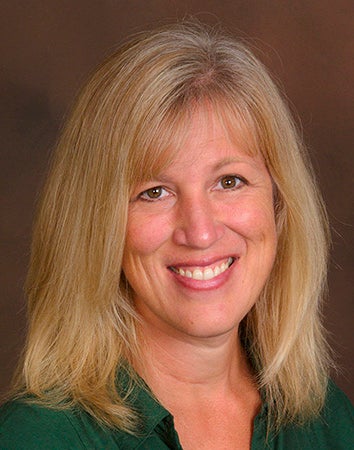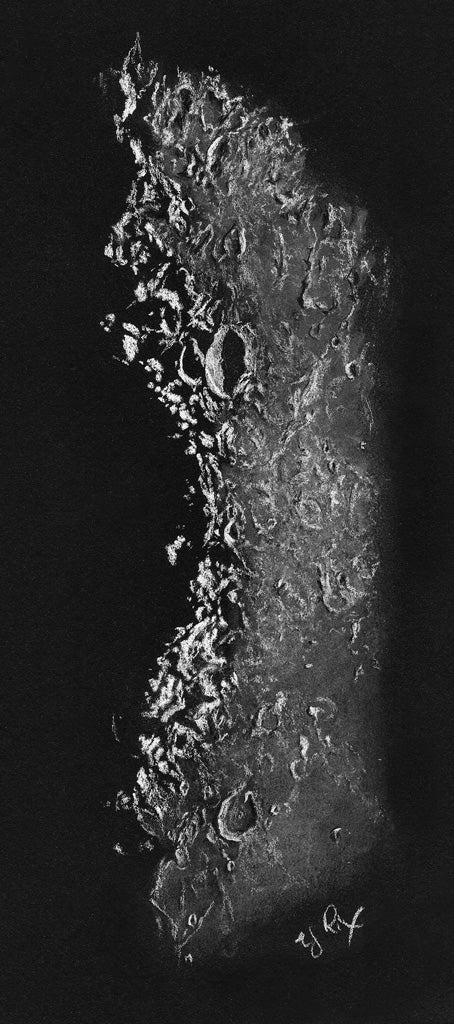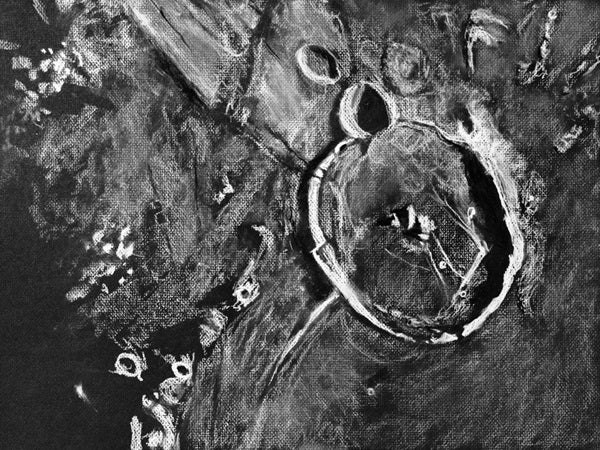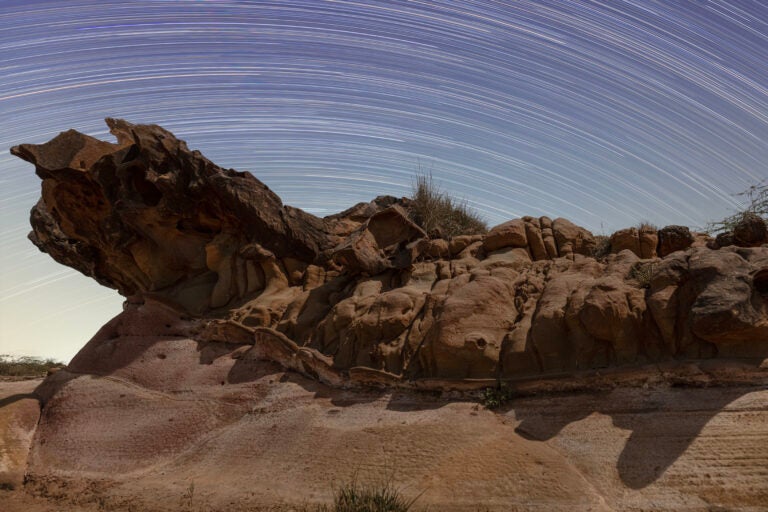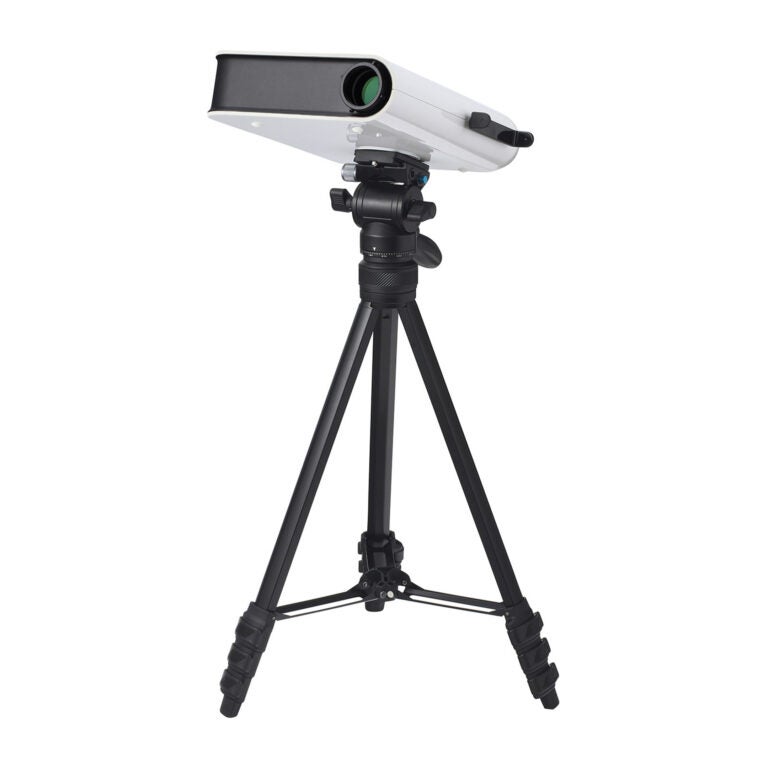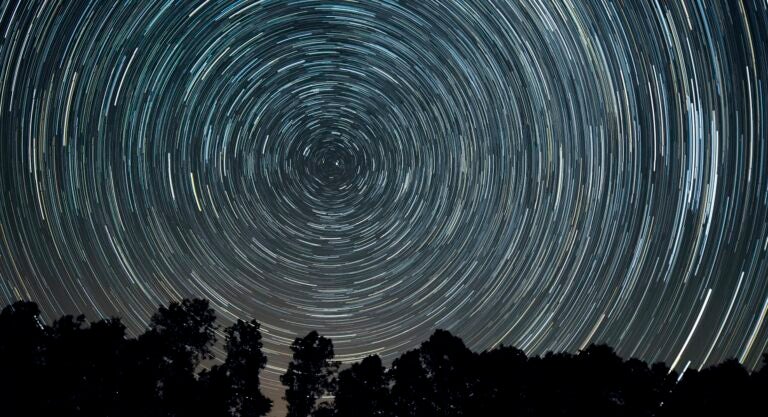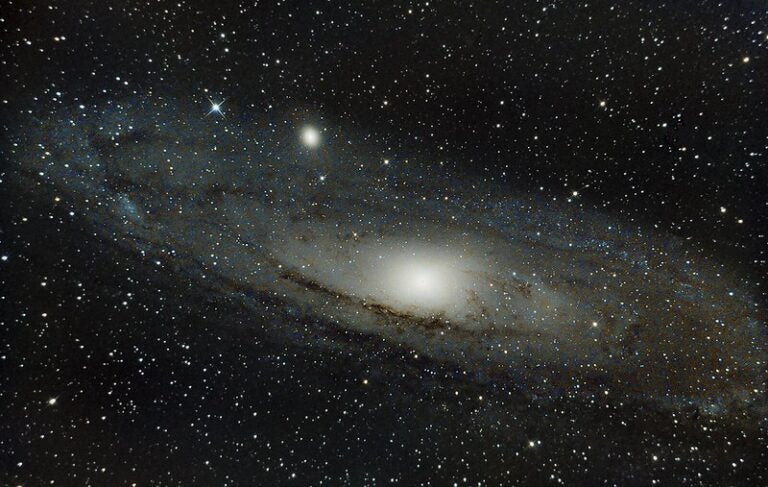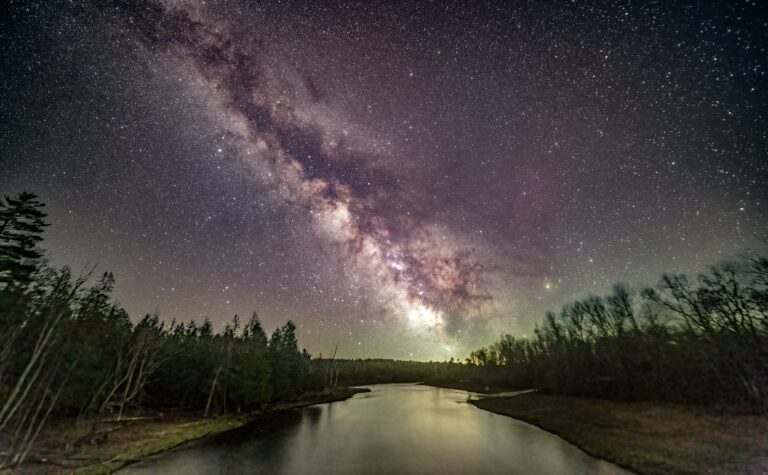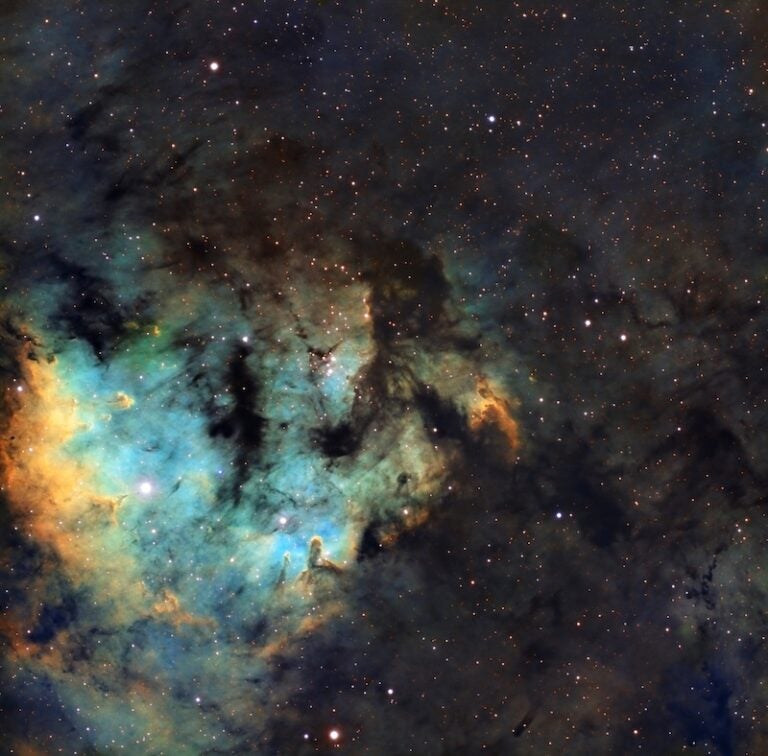In my case, I use color pastels and pencils with them for planet sketches. A few other advantages I’ve found include: 1) the light texture of the paper will help you create the mottled appearance of the Sun’s chromosphere; 2) you can produce star fields and deep-sky objects in a positive format (white on black, as they appear through the eyepiece); and 3) with practice, you even can draw the rugged terrain along the Moon’s terminator with ease.
Rather than using white paper, where you must first outline and then fill in the shadows, save time instead by drawing the lighter areas on black paper with a white pencil. The shadows will form automatically, and before you realize it, you’ve successfully sketched a complex region! I then completed the remainder of the sketch more leisurely with a mixture of media.
For the second sketch, Richard Handy chose an 18-inch by 24-inch sheet of textured black Conté paper to create a sketch of the crater Gassendi and its surroundings. Using broad strokes with a stick of Conté crayon (chalk) and light blending, Handy took advantage of the paper’s heavy tooth to produce albedo variances (differences in reflectivity). The larger paper size let him add intricate details, as shown by Gassendi’s complex rille system and central peaks.
Not all paper is created equal, so do a little research before you buy. A useful guide can be found on the Dick Blick Art Materials website at www.tinyurl.com/rixtip. In a future column, I’ll give tips on how to use black paper for deep-sky objects. In the mean time, have fun experimenting!

